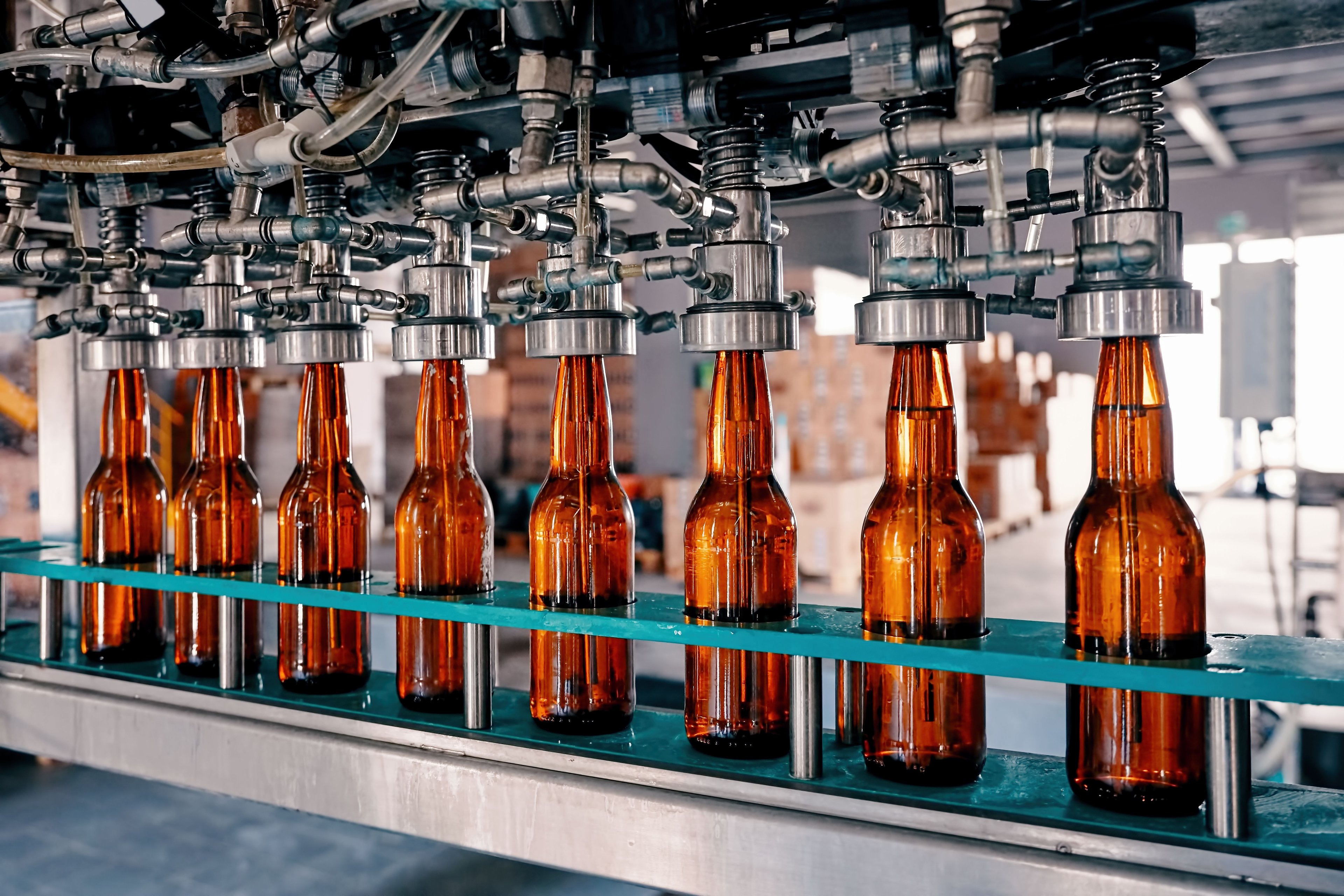In 2019, for the first time in 25 years, U.S. consumers drank less wine than the year before. Beer sales also inched lower last year, extending a slump that's been in place since 2016.
The waning interest in beer and wine partially reflects growing consumer interest in healthier diets. There's another, bigger factor in play, though. That is, consumers have fallen head over heels in love with so-called hard seltzers. Sales of these clear, carbonated alcohol beverages grew on the order of 200% last year, far outpacing ground lost by brews and wine. Yet analysts believe the relatively young category of drinks has only begun its potential disruption.
For investors, the best, most viable way of plugging into the craze is with Boston Beer (SAM +2.41%). It's not the biggest name in the business, but it's big enough that hard seltzers can meaningfully move the company's fiscals upward.
Second place in hard seltzer market is still pretty good
For the record, White Claw is the market leader, commanding about 50% of the segment. Privately held Mark Anthony -- the same company behind Mike's Hard Lemonade -- is its parent company.

Image source: Getty Images.
Not too far beyond that, however, is Boston Beer's Truly brand of hard seltzers. Though only launched in 2016, Truly accounts for about one-third of all sales of this market, which swelled to roughly $1 billion in 2019.
The next-nearest name is Bon & Viv from Anheuser-Busch InBev, but with its late arrival and distractions stemming from a planned reorganization of the company, it's been able to capture only 6% of the market. Guggenheim's managing director, Laurent Grandet, doesn't expect it or any other new entrant to catch up with the category's two leaders now that they're so well established.
Hard seltzer is riding a rising tide
It's not just a solid hold on a piece of a new consumer goods market that bodes well for Boston Beer, though. While it's growing fast, the hard seltzer market is still miles from its maximum altitude. Market research firm IWSR predicts the 82.5 million cases of hard seltzer sold in the U.S. last year will swell to 281 million cases by 2023, jibing with UBS forecasts for $2.5 billion in sales by 2021.
That pace of growth almost sounds too good to be true, but it's not. IWSR's Brandy Rand explained at the Beer Business Daily's Beer Industry Summit held in January that despite their strong growth, hard seltzers still only make up about 2.6% of the United States' 2019 alcohol consumption, as measured by volume. That leaves room for much more market penetration among drinkers willing to try something new. For perspective, spirits account for 6.8% of the industry's sales, while wine makes up almost 11% of it.
And don't think for a minute those consumers aren't trying new things. A year ago, hard seltzers only accounted for about 1% of the volume of alcoholic beverages, and Mark Anthony Brands' senior VP of marketing, Sanjiv Gajiwala, disclosed that 40% of its hard seltzer fans are (or were) fans of wine and spirits while beer drinkers make up the rest. The hard seltzer industry doesn't have to clear the tall hurdle of convincing someone to try an alcoholic drink. It only has to clear the lower one of convincing a fan of another type of alcoholic drink to try a hard seltzer. The wine industry paid the price last year for White Claw's and Truly's ability to do just that.
Big impact on Boston Beer
It may not be the market leader, but given that Mark Anthony isn't publicly traded, Boston Beer is the best accessible way for investors to plug into the spiked seltzer craze.
Yes, Boston Beer is still primarily a beer company, and predominantly a craft beer name. Exactly how much revenue hard seltzers contribute to the top line isn't clear. While analysts and onlookers have made educated guesses about how important the segment is to the company, Boston Beer has offered little in the way of meaningful details about its piece of the hard seltzer business.
Assuming the organization captured on the order of 30% of 2019's $1 billion in U.S. sales of hard seltzers, however, that would translate into $300 million worth of business. That's only around one-fourth of the $1.2 billion worth of Boston Beer revenue analysts have forecast for fiscal 2019, which ended in December and will be fully reported in the latter half of February. The IWSR outlook suggests the company's seltzer sales alone could swell to around $1 billion in three years.
In that light, Boston Beer founder Jim Koch's comment made following Q3's earnings release is not only telling but exciting. He explained, "If the category doubles, and we just hold our share, we double." Last year's fading beer and wine sales are actually a subtle reason to think the company's on that path.






